What is an EHR?
An Electronic Health Record is a digital version of a patient’s paper chart, offering a more comprehensive, real-time, patient-centered record. EHRs encapsulate a patient’s medical history, diagnoses, medications, treatment plans, immunization dates, allergies, radiology images, and laboratory test results. Beyond mere record-keeping, EHRs are designed to streamline operations, facilitate information sharing, and support key aspects of healthcare, including medical billing.
The Role of EHR in Medical Billing
EHR systems are not just repositories of patient data; they are dynamic tools that significantly enhance the medical billing process. With features like integrated coding assistance, automated claim generation, and robust revenue cycle management tools, EHRs bring accuracy and efficiency to the forefront of billing operations. They enable precise coding, ensure the inclusion of necessary documentation, and streamline the submission of claims. By bridging the gap between clinical operations and billing activities, EHRs help in minimizing claim denials, reducing billing errors, and accelerating the reimbursement cycle.
Benefits of EHR in Medical Billing
The integration of EHR systems into medical billing processes brings forth a multitude of benefits:
- Reduced Errors: Automated data entry and coding assistance reduce the likelihood of errors, ensuring that claims are accurate and compliant.
- Enhanced Efficiency: EHRs streamline the billing process, from claim creation to submission, speeding up the reimbursement cycle.
- Improved Data Security: Digital records are more secure and less susceptible to loss or damage, ensuring the confidentiality and integrity of patient data.
- Better Communication: EHRs facilitate seamless communication and data sharing among healthcare providers, billing staff, and insurance companies, ensuring everyone is on the same page.
Challenges and Considerations
While EHRs offer significant advantages, their implementation and integration into medical billing processes can present challenges:
- Initial Costs: The cost of acquiring and implementing an EHR system can be substantial, especially for smaller practices.
- Learning Curve: Transitioning from paper-based systems to digital EHRs requires training and time, potentially disrupting operations during the transition period.
- Integration Issues: Ensuring that the EHR system communicates effectively with existing billing software and other practice management tools can be a complex task.
When selecting an EHR system, healthcare providers must consider factors such as compatibility with existing systems, the ability to support comprehensive billing functions, scalability, and the availability of reliable customer support.
As these systems continue to evolve, their integration with medical billing operations is becoming increasingly seamless, promising a future where patient care and administrative efficiency go hand in hand.



